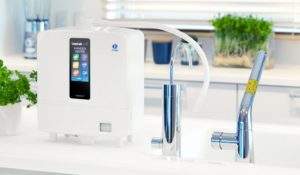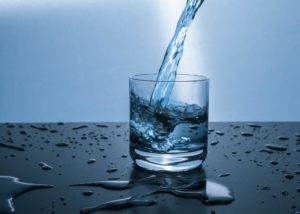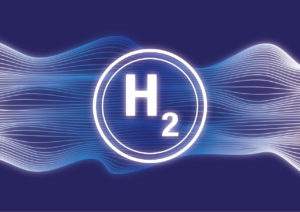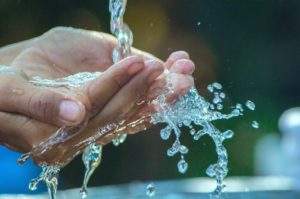Hydration is one of the most important ways in which humans thrive. In fact, our bodies are 70% water, and we rely on this precious liquid to stay healthy and strong. A well-hydrated person reaps numerous health benefits, including increased energy levels and brain function. We lose a great deal of water through sweat and urine. Therefore keeping our bodies properly hydrated offers a lot of health benefits. Having noted that, drinking just any kind of water isn’t ideal.
Before we get into which water is the best for drinking, it may be helpful to understand what the different types of water are first. Then you can make a more educated decision when choosing the best water to consume.
Various types of water
1. Tap Water
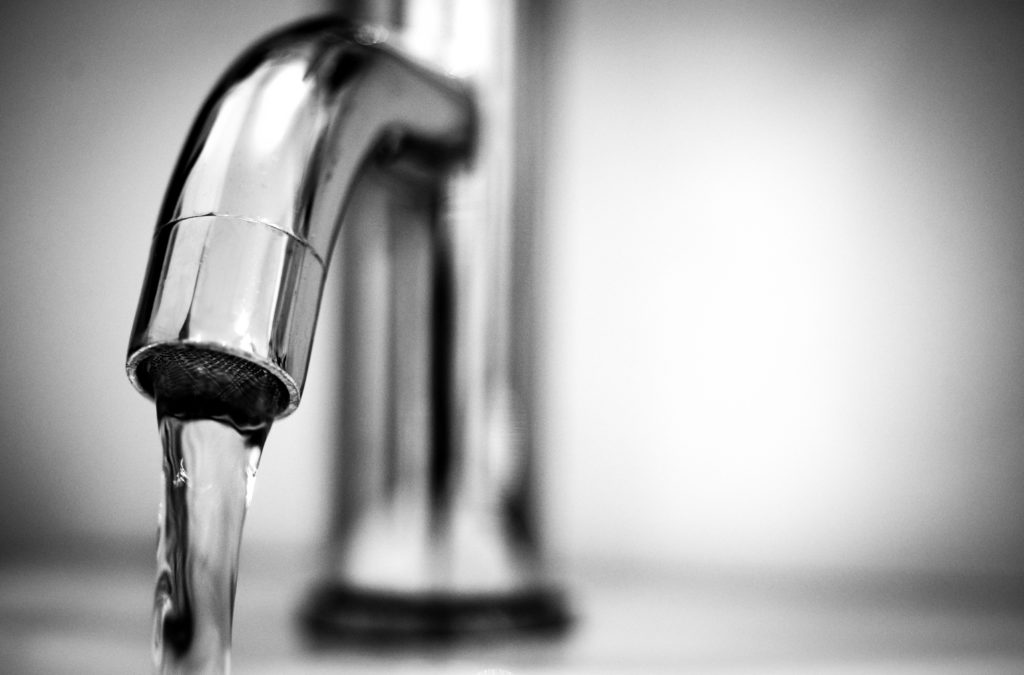
The water that comes directly from your faucet is known as tap water. It is supplied using pipelines to our homes. Tap water needs to meet the standards set by the local municipal bodies. Tap water costs less and is readily available in many homes. Tap water quality must generally meet government standards and frequently does so at the water treatment facility. Intermittent supply through distribution pipelines can make this water unsafe because of toxic substances such as pesticides, aluminum, and other harmful heavy metals .
Tap water may not always be suitable for your drinking purposes, especially if the pipelines are old and have leakages. Using an Enagic water purifier at the point of use in your home is frequently a sensible solution in order to remove contaminants and dissolved impurities in order to make water suitable for consumption.
2. Spring Water Or Glacier Water
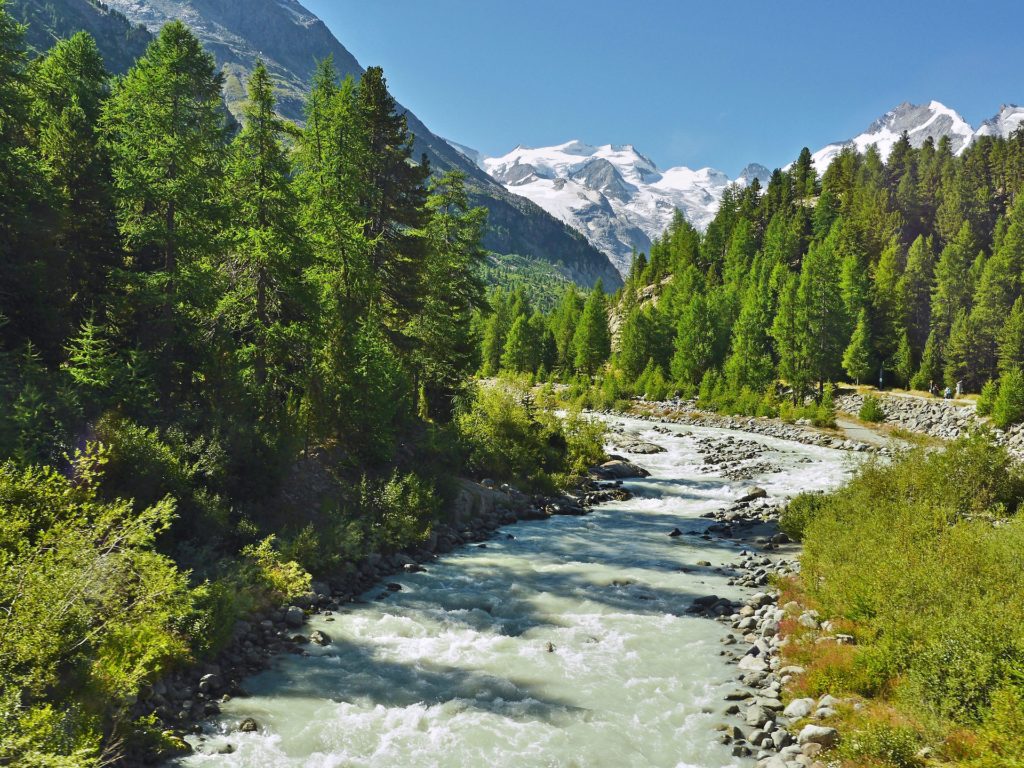
A spring is a point of exit at which groundwater from an aquifer flows out on top of Earth’s crust (pedosphere) and becomes surface water. Since water is collected right from the source, it is generally clean, free from toxins and other unwanted particles. In some cases, depending on the spring or glacier it is collected from, the water might even be infused with vital minerals or harmful contaminants such as nitrates, arsenic and chemical pollutants.
3. Packaged Drinking Water
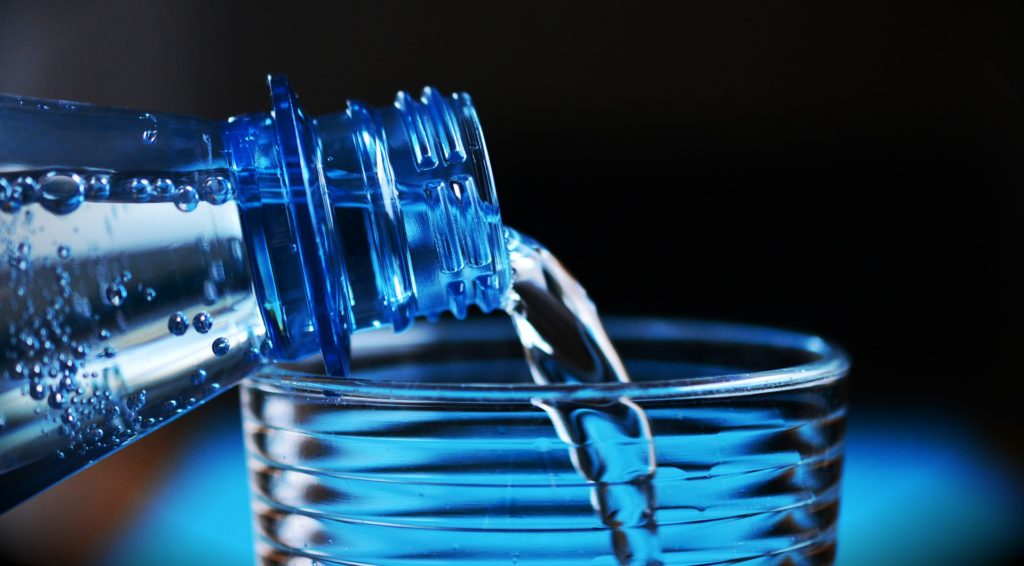
Bottled water is water that has been treated with technologies such as filtration, reverse osmosis, ultraviolet light, and ozone and then bottled. Silica, calcium and magnesium salts are frequently added to make the water mineral water. The gaps in this type of water are frequently in the treatment processes as well as in the handling and distribution. Packaged drinking water may be microbiologically unsafe unless the process is foolproof by combining all of the technologies in the correct order and handling and distribution is done hygienically. Additionally, this type of water is costly and this type of water isn’t an environmentally friendly choice because of the use of plastic bottles.
4. Distilled Water
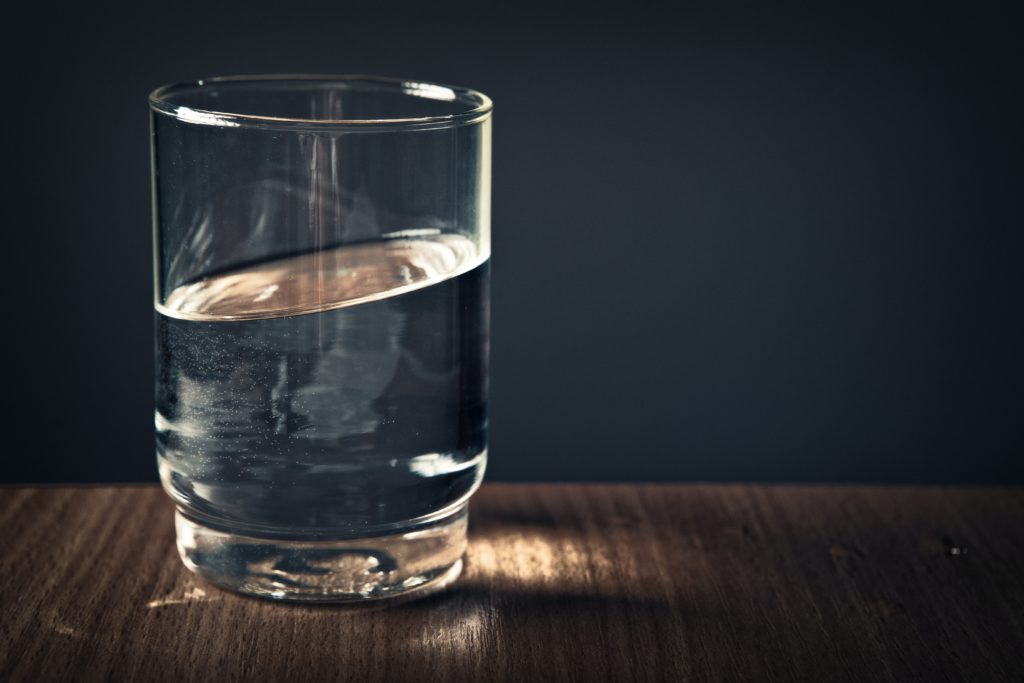
Distilled water, also known as demineralized water, is water that has been purified using the process of distillation. This involves boiling the water until it turns into water vapor, then capturing the gas and condensing it back into its liquid state. This is by far one of the safest types of water to consume because it doesn’t have any toxic contaminants, germs, or bacteria. However, drinking too much distilled water can lead to mineral deficiencies in your body and teeth because it lacks essential minerals and salt.
5. Reverse osmosis
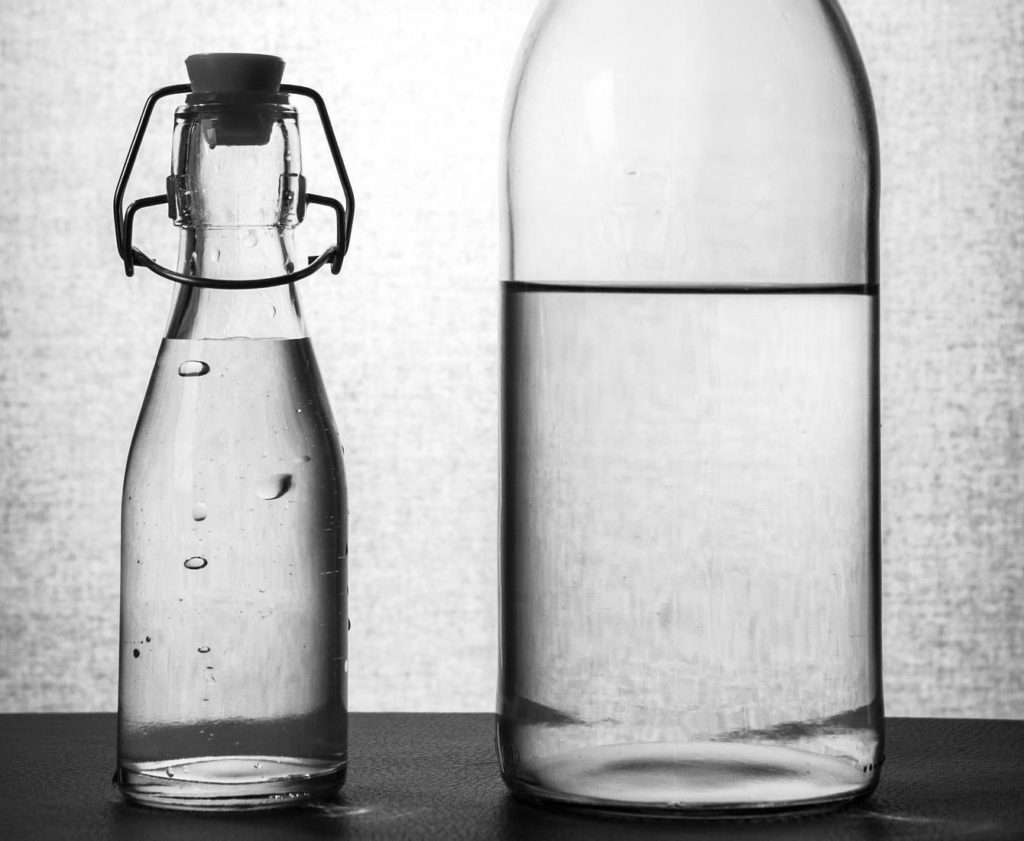
Reverse osmosis (RO) is a water purification process that uses a semi-permeable membrane to remove dissolved solids and unwanted molecules from drinking water. In addition, reverse osmosis is a highly effective method for removing water-borne viruses from water. This membrane doesn’t allow large molecules or ions through the pores, but only allows smaller components of the solution to pass freely.
Wasted water is one of the most significant downsides of reverse osmosis water systems. Different reverse osmosis systems might waste between 3 and 20 times the amount of water they generate. Another disadvantage of reverse osmosis water filtering is that it filters out beneficial minerals including calcium, magnesium, potassium, and other bicarbonates. Furthermore, eliminating these minerals lowers the pH of the treated water, making it more acidic.
6. Alkaline Water
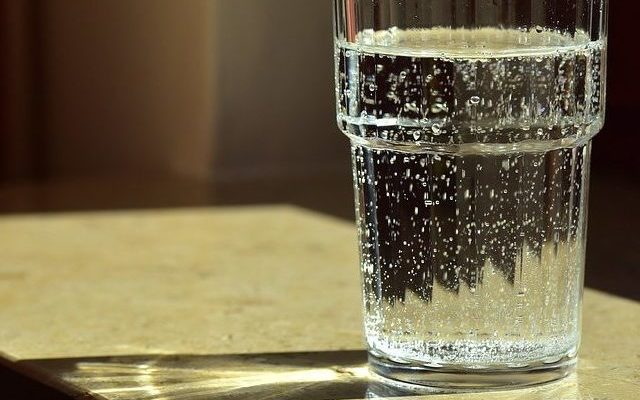
Water that’s naturally alkaline occurs when water passes over rocks and picks up minerals, which increase its alkaline level. However, some alkalinity is achieved by adding baking soda (aka Sodium Bicarbonate) to your water. Artificial ingredients may not be healthy for your body in the long term. The alternative is to use a chemical process called electrolysis. This technique uses a product called an ionizer to raise the pH of regular water where electricity is used to separate alkaline and acidic components and distribute them to various spouts.
Drinking water with the right pH level is necessary to stay healthy. Drinking water that is too acidic has a negative impact on your health. Alkaline water has a higher hydrogen potential than regular drinking water. The amount of hydrogen ions in a solution is used to calculate the pH level. High hydrogen ion concentrations result in low pH (acidic substances), whereas low hydrogen ion concentrations result in a high pH. (basic substances).
The pH level of alkaline water is less than normal water and contains alkaline minerals and negative oxidative reduction potential (ORP). The right pH level in water can help you neutralize excessive acid present in the body. Water with the right pH level slows down the aging process and even prevents cancer. You can use the Enagic Kangen Machine to balance the pH level of drinking water.
7. Sugary Drinks (SOFt drinks)
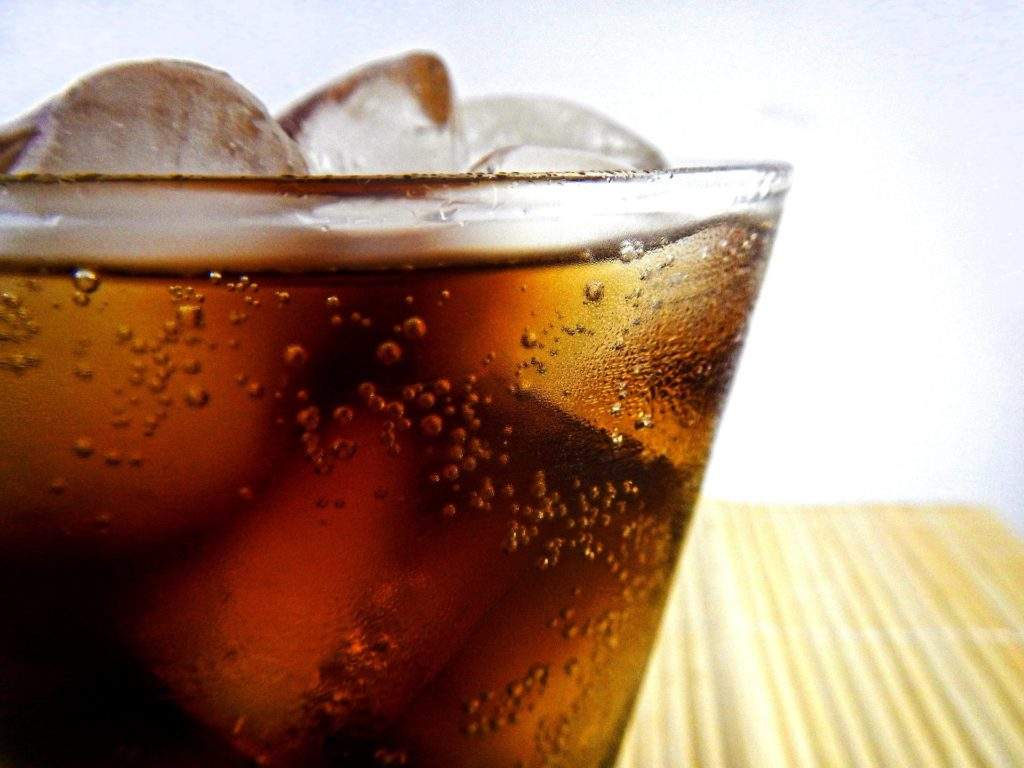
According to USDA data, a regular cola contains approximately 89 percent water, which means that nearly 11 of the 12 ounces (oz) in a can of soda can be counted toward your daily fluid intake. But the rest of what’s in that can should make you think twice. According to the USDA, that same 12 oz can of regular soda contains the equivalent of nearly nine teaspoons of sugar.
It’s also worth noting that some sodas contain caffeine, which has been anecdotally linked to a mild diuretic effect, which means it may cause you to urinate more, potentially depleting your body’s fluid levels. According to the Harvard T.H. Chan School of Public Health, artificially sweetened soda products have been linked to negative health effects such as an increased risk of obesity, type 2 diabetes, heart disease, and premature death. While soda is technically hydrating, choosing a proper hydration alternative is far preferable.
8. Kangen water
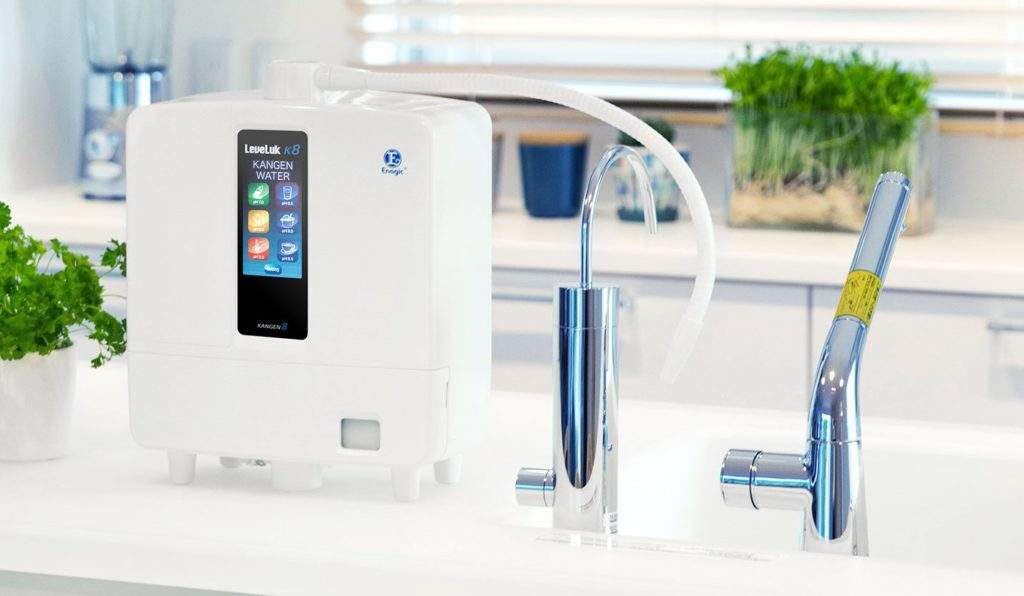
Kangen water is water that has all the health benefits of the above-mentioned types of water. Kangen Water is alkaline water made using Enagic’s water filter and alkaline ionizer equipment. Kangen Water is alkalized, ionized water that promises excellent wellness benefits, including promoting a balanced pH level in the body. Kangen water is obtained by running tap water through an ionizing device, a special machine that separates alkaline and acidic components and distributes them to various spouts. This device transforms ordinary tap water into enticing drinking water that is rich in hydrogen ions, antioxidants, and micro clustered water that is easily absorbed by our body cells.
As you’ve seen, most of the above-mentioned types of water have significant drawbacks in addition to their numerous advantages. Overall, given how the environment is becoming increasingly polluted, we must take responsibility for keeping our water clean and safe to drink.
None of the information on this website should be regarded as medical advice. Do not change your way of life without first consulting your doctor.

